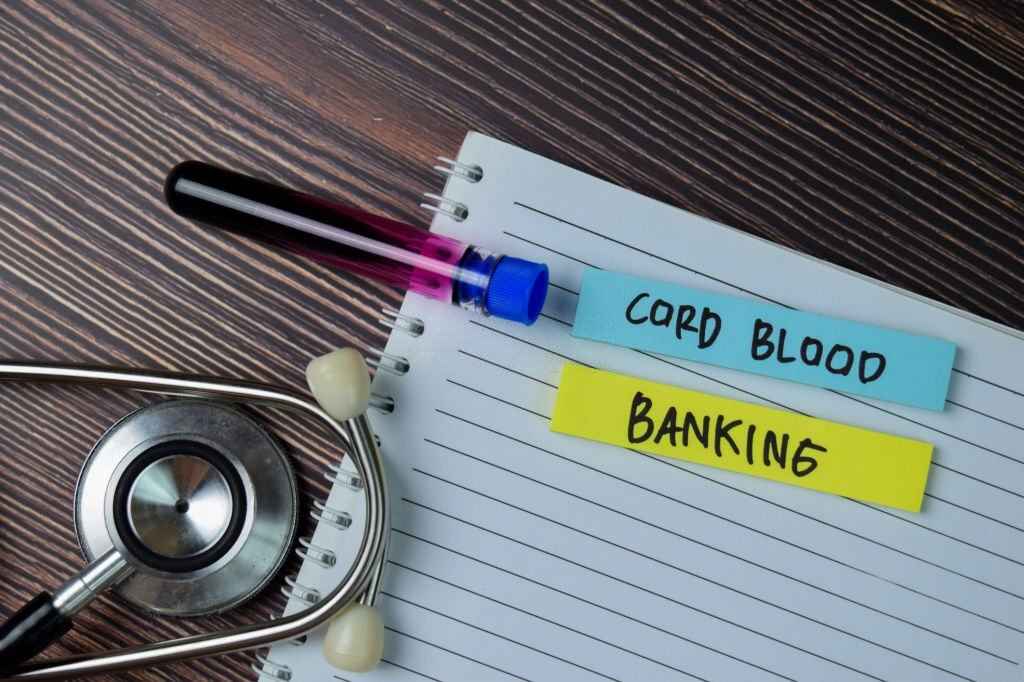Introduction Cord Blood Banking
Cord Blood Banking: Strong stem cells found in cord blood are more flexible and younger physiologically than adult stem cells found in places like bone marrow.
The placenta, which provides the fetus with oxygen and nutrients, is connected to the umbilical cord, which serves as the baby’s lifeline during the pregnancy.
More parents are keeping their baby’s cord blood on hand for possible usage in the future. For hematopoietic stem cell transplantation in infants with some severe disorders, cord blood is a great source of stem cells.
Cord blood is a great source of stem cells that can be used to cure serious illnesses. You can opt to donate cord blood to a public or private bank. Your doctor can assist you in determining if cord blood bankings is the best option for your family.
Top Benefits Of Cord Blood Banking
Given below are some of the top usages of cord blood banking in the role of securing your child and family’s health:
1. Securing Your Baby’s Future
Today, approximately 80 illnesses can be treated using cord blood, which has been utilized for over 30 years in transplant therapy. Your child’s cord blood stem cells will always be a perfect genetic match for your child.
For a variety of reasons, parents decide to bank their baby’s cord blood:
- It can reassure parents about their baby’s future health issues.
- It is easily accessible whenever the child is in need.
- With ongoing research, it can prove to be more helpful in the future.
In addition, you can utilize umbilical cord blood to treat some non-genetic illnesses and malignancies.
Some clinical trials require children to have access to their cord blood to participate. Autism, cerebral palsy, neuroblastoma, and other conditions are among the potential applications.
2. Save A Sibling
According to Australian-first research, collecting, storing, storing, and eventually transplanting cells from a baby’s umbilical cord to a sibling with cerebral palsy is safe. Six of the 12 trial participants suffered moderate adverse responses, but just one significant adverse reaction was documented.
According to a University of Bristol research, children with cerebral palsy have responded favorably to cord blood stem cell treatment. Three months and a year after receiving an injection, three children showed improvements in their gross motor skills.
Young children who hadn’t yet developed their gross motor skills to 90% of their expected ability showed the biggest increases.
3. Regenerative Medicine
Pediatricians are using cord blood in clinical research studies for disorders including autism and cerebral palsy as part of a growing field known as regenerative medicine.
Families from ViaCord are taking part in this ground-breaking study to aid children with diseases previously considered incurable diseases.
Clinical trials are now being conducted to ascertain the outcomes of utilizing a child’s cord blood or an unrelated donor in autistic youngsters.
The effects of utilizing a child’s cord blood or cord blood from an unrelated donor on autistic children are now being studied in clinical research.
In babies with Hypoplastic Left Heart Syndrome (HLHS), the left side of the heart is significantly underdeveloped at birth. This condition has also shown encouraging outcomes when treated with cord blood.
4. Transplants
Patients get hope from every family that donates their newborn’s umbilical cord blood after birth. One of the three sources of blood-forming cells utilized in transplants is cord blood.
Donors of cord blood remain fully anonymous since their names are never disclosed. Patients with unusual tissue types may be candidates because donors don’t need to be as tightly matched to the patient as a marrow donor.
Hematopoietic stem cells are cord blood’s most common stem cells (HSCs). Our blood and immune system constitute “blood-forming” cells called HSCs.
Nearly 80 ailments, including malignancies, blood and bone marrow failure syndromes, metabolic disorders, and immunological disorders, have been successfully treated with cord blood. After a cord blood transplant, graft-versus-host disease (GVHD), a transplant complication, is less frequent and less severe.
5. Encourage Future Research
Research is the most important part of such advanced medical discoveries. For example, the benefits of cord blood are only half known to humans yet.
However, with extensive studies and applications, multiple findings and advantages tend to surface with time. To keep this research and discovery ongoing. Moreover, it is important to bank your baby’s cord blood.
By keeping the cord blood in a public bank, you can provide access to researchers, thereby helping in the development of an advanced medical future.
Bank Your Baby’s Cord Blood
One of the body’s greatest sources of stem cells is cord blood, which can only be obtained during birth. By opting to bank your baby’s cord blood. Furthermore, you are preserving the opportunity for the cord blood to support your baby’s continuing health.
Therefore, for a deeper understanding of the concept, continue reading about the many alternatives and applications for cord blood banking. Do not miss out on this one-time opportunity to secure your child’s health for the future!

